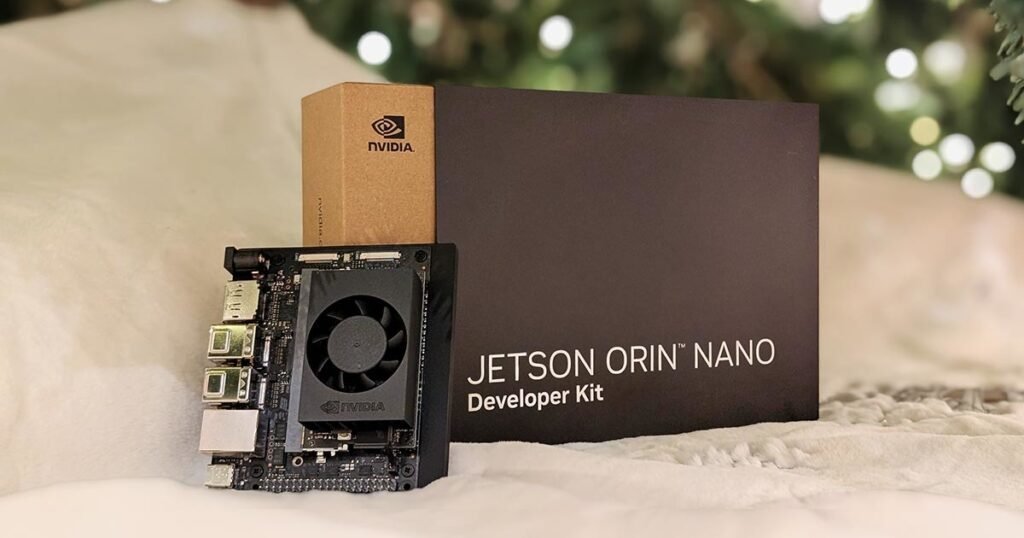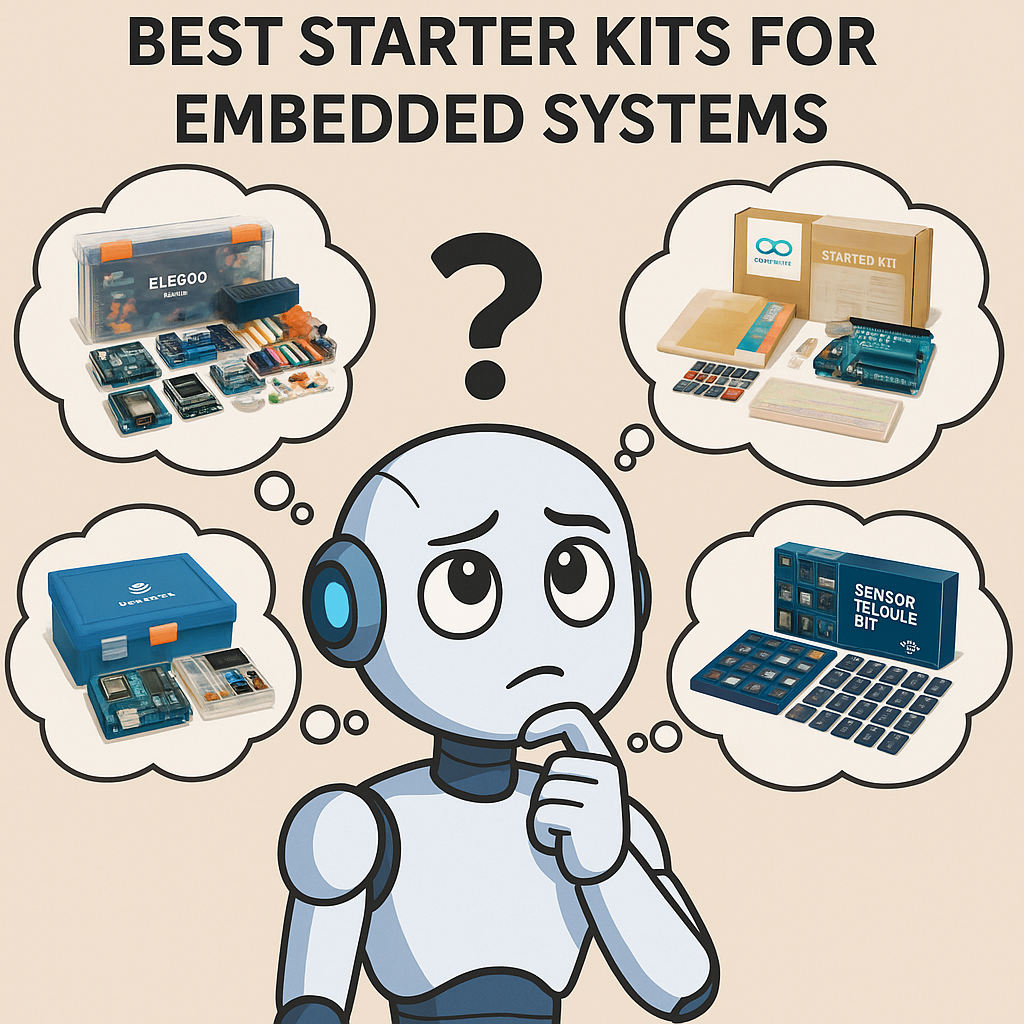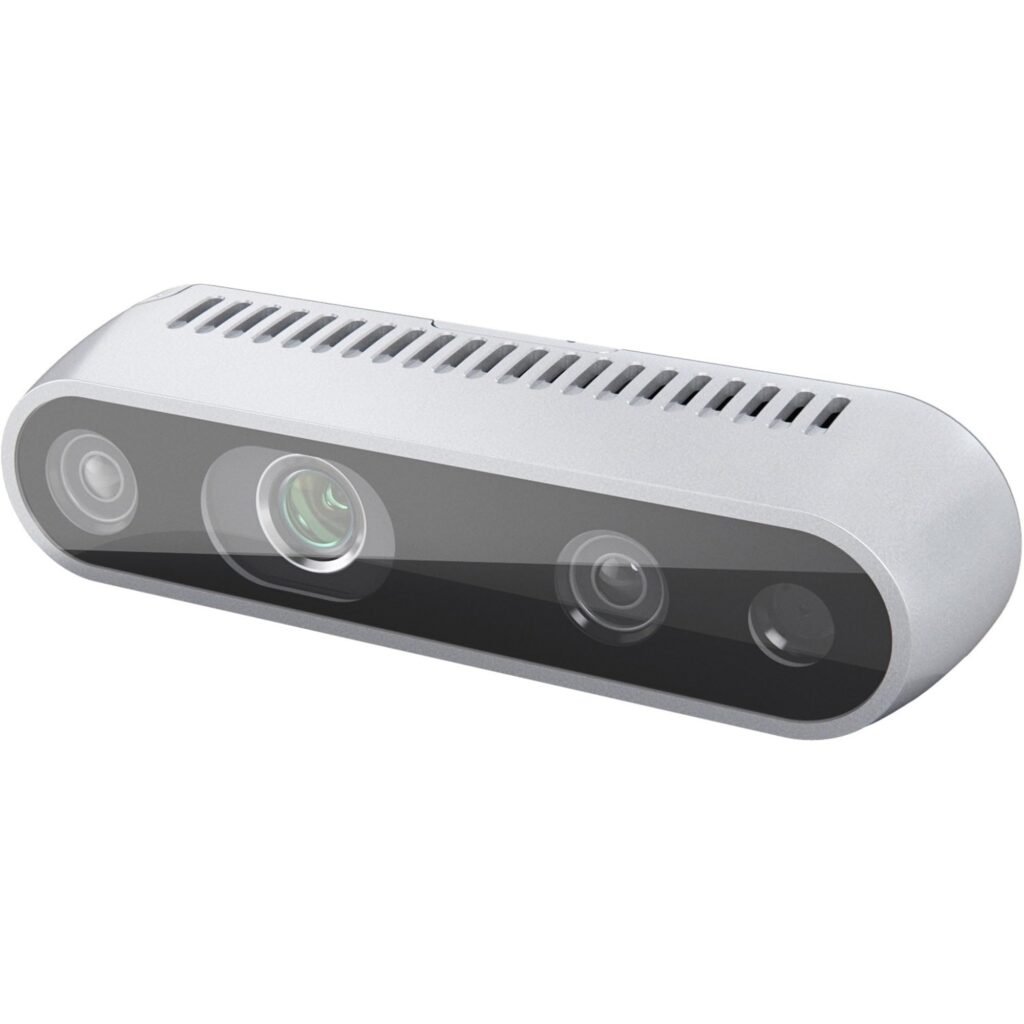Every few years, NVIDIA drops a board that makes engineers, hobbyists, and AI developers collectively raise their eyebrows and say, “Wait, this tiny thing can really do that?” The Jetson Orin Nano is one of those boards. On paper, it looks like a compact, budget-friendly development kit. In practice, it feels more like a small desktop-class GPU stuffed into something the size of a Raspberry Pi. For people who build robotics, computer vision systems, or AI agents at the edge, this board is the closest thing to cheating.
Let’s step back for a second. The Jetson family has always filled a weirdly specific but growing niche. You don’t need a server farm, but you also can’t get by with a microcontroller or low-power board when you’re trying to run neural networks on real-world data. The original Jetson Nano was a hit because it was approachable and cheap, but it always felt like you were squeezing blood from a stone to get it to run modern AI workloads. Fast-forward, and the Jetson Orin Nano is basically NVIDIA saying, “Here’s a real GPU, stop struggling.”
A Look Under the Hood
Specs don’t tell the full story, but they do explain why the Orin Nano feels like such a leap. The GPU is based on NVIDIA’s Ampere architecture, packing 1,024 CUDA cores and 32 Tensor cores. Pair that with a 6-core Arm Cortex-A78AE CPU and you get a device that isn’t just for toy projects; it’s built to crunch real AI workloads. The base model has 8 GB of LPDDR5 memory with 68 GB/s bandwidth, while the newer “Super” upgrade pushes that to 102 GB/s, along with higher GPU and CPU clocks. That translates into a jump from 40 TOPS to around 67 TOPS of AI performance.
For perspective, that’s the kind of performance that lets you run billion-parameter language models, object detection pipelines, or sophisticated SLAM algorithms for robotics, all on a fan-cooled board sipping under 15 watts. If you’ve ever tried running the same workloads on a Raspberry Pi or a Coral board, the difference is night and day.
The Developer Experience
Setting up a Jetson Orin Nano is surprisingly painless. NVIDIA’s JetPack SDK provides everything you need—drivers, CUDA, cuDNN, TensorRT, and even containers tuned for deep learning. Out of the box, you can drop in a PyTorch or TensorFlow model and start experimenting without wasting a weekend compiling dependencies. The dev kit comes with a microSD slot, M.2 NVMe support, gigabit Ethernet, USB 3.2, a 40-pin GPIO header, and dual MIPI CSI camera connectors. That’s a lot of flexibility in a board this size.
But let’s be clear—it’s still an ARM-based system, which means some software stacks need to be rebuilt or adjusted. People coming from x86 often underestimate how annoying this can be. Certain Python libraries or LLM backends require custom builds, and if you’re not comfortable with cross-compiling, that learning curve can sting. The good news is the community around Jetson devices is massive, and NVIDIA has kept the developer documentation refreshingly solid.
Real-World Performance
Numbers are one thing, but what’s it like when you throw actual workloads at it? Early reviewers have had the Orin Nano chewing through 1B and 3B parameter language models without breaking a sweat. You can even nudge it into running some 7B models, though stability takes a hit—once you cross that line, you’re in “don’t touch the mouse while it’s thinking” territory.
For computer vision, though, the Orin Nano is an absolute beast. Object detection, image segmentation, and multi-camera streaming all feel smooth, where the old Jetson Nano would start wheezing. In robotics, it can comfortably handle SLAM alongside sensor fusion without making you feel like you need an AGX Orin. Energy efficiency is also solid—yes, it draws more power than something like Google’s Coral Edge TPU, but it gets way more done per watt.
Who Is This For?
The Orin Nano is not a replacement for a $99 Raspberry Pi. It’s not for blinking LEDs or hosting a little home server. It’s a development board for people who need serious AI horsepower at the edge without dragging in a workstation GPU. If you’re building:
- A robot that needs to understand its environment in real-time
- A smart camera with onboard detection and tracking
- An AI agent that runs locally without phoning home to the cloud
- Or just a playground for experimenting with LLMs and diffusion models offline
This is your board.
The pricing sweetens the deal. At $249 for the developer kit, the Orin Nano Super gives you performance that would have cost thousands in GPU hardware just a few years ago. That’s not just competitive—it’s disruptive.
However, it’s not all sunshine. Larger AI models will push it to its limits, and you’ll sometimes wish you had the raw headroom of the Orin NX or AGX. If your workload absolutely demands 7B+ LLMs in real-time, you’ll want to look higher up the Jetson stack. And while JetPack makes life easier, the ARM software ecosystem still requires patience.
But for its size, cost, and capability, the Jetson Orin Nano feels like a sweet spot. It’s the board that takes AI from being a “data center problem” to something you can genuinely prototype on your desk.
But for beginners entering the Edge AI Development world, the Jetson Orin Nano is what the original Nano always wanted to be. It’s small, it’s approachable, and it’s powerful enough to handle modern AI without constantly reminding you of its limits. For engineers and makers working on edge computing, robotics, or computer vision, it’s one of the most exciting boards to hit the scene in years.
Think of it as the spiritual successor to the Raspberry Pi—not for hobby projects, but for AI itself. If you’re serious about building the future of edge intelligence, the Orin Nano isn’t just an option—it’s the starting point.
Get the Jetson Orin Nano for Cheap here!
NVIDIA Jetson Orin Nano Super Developer Kit – https://amzn.to/3UGfACS
NVIDIA Jetson Orin Nano Full Development Kit – https://amzn.to/3JqflJx



